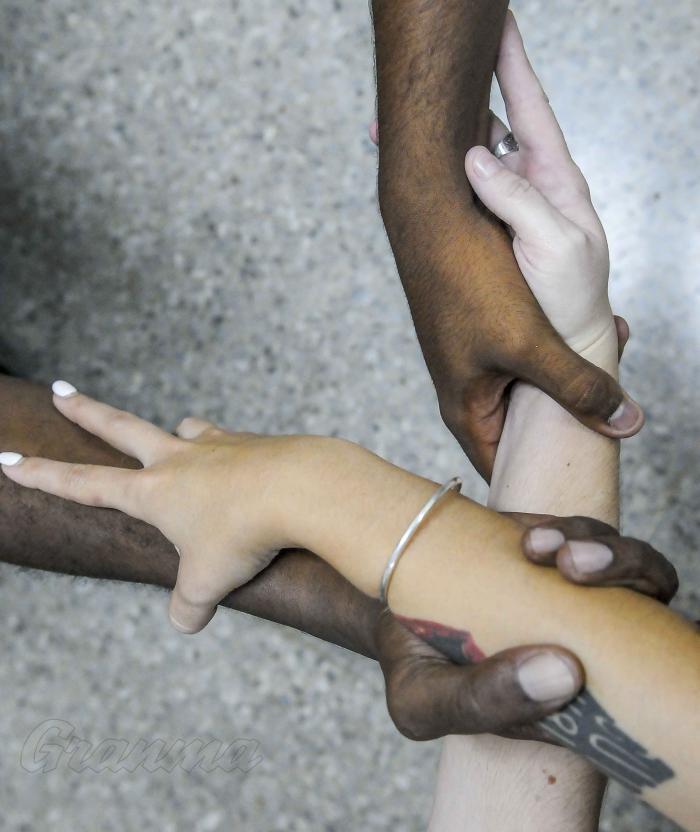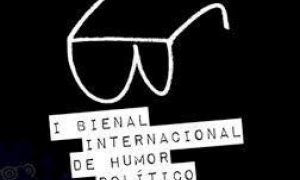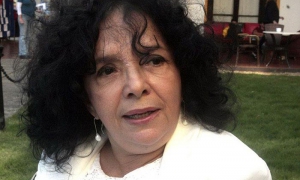
The abduction of the black by the white is not exclusive to a single country with a slave-owning or slavery-like past; rather, it is the rule. In Cuba, it can even be seen in what is often considered our first literary work, Espejo de paciencia, written by an immigrant from the Canary Islands.
The story, in the words of Eduardo Torres-Cuevas, is an aesthetic recreation of a lie and, at the same time, the creation of a myth. The first, associated with the fact that the work attempts to hide the illegal trade that leads to the events narrated; the second refers to the intention of enhancing the heroism of Cubans in Bayamo.
But it can be read in other ways, as well. In the work, Blacks appear, fundamentally in the figure of Salvador Golomón, "an Ethiopian worthy of praise," who puts an end to the unfortunate life of the buccaneer Gilberto Girón, kidnapper of Bishop Cabezas de Altamirano. With this courageous action, the black man achieves his freedom. Salvador's virtue, in the eyes of Silvestre de Balboa, author of the poem, is to have served his white masters courageously in a battle for commercial reasons – a trade from which he in no way benefitted. He was only a participant in his condition as a slave. Blacks were seen through the eyes of whites- in this episode in its utilitarian function.
Racism, with its historical roots in the pursuit of the most brutal exploitation as a means of enrichment, is also in its essence and necessarily a cultural phenomenon. That is why it does not end with the elimination of the economic bases that sustain it. It endures over time beyond the elimination of explicit or implicit laws that codify it, beyond the economic relations that need racism. And discrimination does not simply end, unless the cultural fabric that supports it and which, in many cases, forms part of the structural core of countries is also eliminated.
Nations such as Cuba were shaped by Christian Eurocentrism, with its important racist component. Significant actors in the formation of our nationality saw Blacks as representative of social backwardness. This view was manifest in concrete proposals by Creole elites for eugenics and other even more genocidal measures.
Such racist positions, whether in their most extreme or more paternalistic variants, were the norm among defenders of the colony, annexationists, reformers, and autonomists. But racism was also present in pro-independence sectors, despite our most visionary heroes and the profoundly anti-slavery roots of their deeds. Marti's insistence on an inclusive republic, with equality among all citizens of diverse ethnicity, was in no way indicative of wide acceptance of an anti-racist position by the frustrated society that emerged from the war of independence.
Interventionist U.S. authorities favored partners who shared their anti-black vision. These elites saw Cuba's progress in a "whitewash," appealing likewise to the idea of "advancing the race" through mixed marriage, while relegating Blacks "to their place." Such ideas, projected by a national bourgeoisie subordinated to imperialism, were also used to promote fear and justify violence against the poor white, black and mestizo masses. They were used to legitimize the killing of thousands of black Cubans during a 1912 uprising. Fear of the black population, promoted to maintain control of the colony, was transferred to the nascent republic for a similar purpose.
Blacks, in the neo-colonial republican design that emerged, symbolized lack of civility and backwardness - a hindrance to the nation's progress. Their culture was non-existent - ignorant, lascivious, perverse and incompetent, and to the same extent that its rebellious presence in authentic Cuba was undeniable, an effort was made to create its "white," "civilized" variant, whether in music, theater or literature. This perspective remains present in segments of the Cuban social imagination, even after 60 years of systematic effort for change based on the political power that the Revolution provided the dispossessed, including black Cubans.
Any process of developing national identity, essentially symbolic, necessarily requires integral intellectuality in the effort. The white intelligentsia is known, most representatives of sectors of the propertied class within the Creole population. The memory of black women was largely lost, given the scarcity of their written testimony or conscious efforts to forget the pain. But, although recovering these for the social imagination is difficult, we have the emancipatory duty to continue the task. We owe it to the Apontes of our history and we will not succeed in reaching our aspirations until we pay this debt.
These shortcomings persist despite years of effort to study the country's black roots and the intellectuals who have made and continue to make this study the focus of their scientific endeavors. Research to which the Revolution was able to incorporate Blacks themselves, literate and empowered, to dig into their past and write their own history. This systematic effort to discover our Black history has not been accompanied by the same success in our educational systems, despite some progress made in its inclusion in curricula. Nor is the generation of tangible and intangible symbols of this memory sufficient.
Beyond laws and concrete efforts to eliminate the economic and social roots of racism, the Revolution set in motion a gigantic cultural decolonization process that remains in progress today. Entire spaces in society acquired dark colors, especially in artistic culture, but far beyond, as well. Never before in the history of this country has a more monumental effort been made to incorporate Blacks, not as a graft, but as an essential part of the trunk of what is Cuban. This was done at the same time as methodological tools were being developed to achieve this, based on the urgency of taking the sky by storm, in this case, too. Like all emancipatory social processes, much was achieved in a very short time. Errors were committed in what was done, and what was not done, as well.
The special period, given the social and economic trends it unleashed, gave rise to processes of re-marginalization of tangible and symbolic areas of Cuban society that joined others that had always been marginal, in which the presence of Blacks was significant. This revealed structural problems of inequality or vulnerability, associated with skin color, which have not been resolved in our society. Racism is still present in Cuba today, because it underlies, often dormant, in the social conscience of more than a few compatriots, and continues invisible in more than a few social and even institutional spaces.
Today, symbolic marginalization has as a new component the influence of colonizing globalization. It is in this context that the fight against racism in Cuba also acquires even more compeling connotations and scope, as part of the common cultural front against the onslaught to which we are subjected as a nation.
We also see this marginalization in the loss of civility reflected in reprehensible social attitudes, the rise of misogynist lyrics in songs and other cultural expressions. When this phenomenon occurs, the underlying racism tends to re-appear: Blacks are antisocial, Blacks are ill-mannered, Blacks are uncouth... This image is reflected in common situations that persist among us, such as when doing things right is associated with doing it “like whites" or when a person is reproached for behaving like "a black man."
In our society, broad spaces where racism has been defeated coexist with others where it persists and expands. We can take pride in the tremendous advances made in the fight against racism. First and foremost, its banishment as a phenomenon inherent to capitalist society, but we must also recognize its persistent nature as a real social phenomenon.
We recognize formal dress, symbolically legitimized for protocol and official acts, in the very Cuban guayabera, but also in the tie and jacket imported from white, symbolically exclusive Europe, and none other. We do not incorporate among garments accepted as formal the beautiful clothes of our African heritage. It is a simple and "innocent" example of all the symbolic dimensions of racism that go unnoticed among us.
Some monuments erected during the bourgeois neo-colonial republic have not been adequately considered, to re-sign them in the light of an anti-colonial and revolutionary vision of our history.
We carry with us the consequences of centuries in which Blacks, culturally speaking, was forcibly inserted into a society shaped by white codes. Black culture, as an everyday attitude, is still seen by many as peripheral, another reality not incorporated in a supposed white root; perceived as a folkloric culture. Certain social behaviors are categorized as Black. Explicit reactions on the part of those attacked in this symbolic aggression are then labeled by some as threats to social coexistence.
A relentless struggle must be waged, on the economic, social and cultural planes, against racism, which not only persists but threatens to expand. It must be fought with the tools we are using and have used over these years of immense but insufficient effort. We have a tremendous arsenal of ideas that we did not have before, also the result of the Revolution’s work, and which we can and must incorporate into the battle, the one we owe to all the Salvador Golomóns of our history, who did not fight to reproduce patterns of exploitation, but to clear the path to developing our full human potential. We owe it to ourselves, regardless of color, all children of Martí and Maceo, of Camilo and Almeida, equally.






